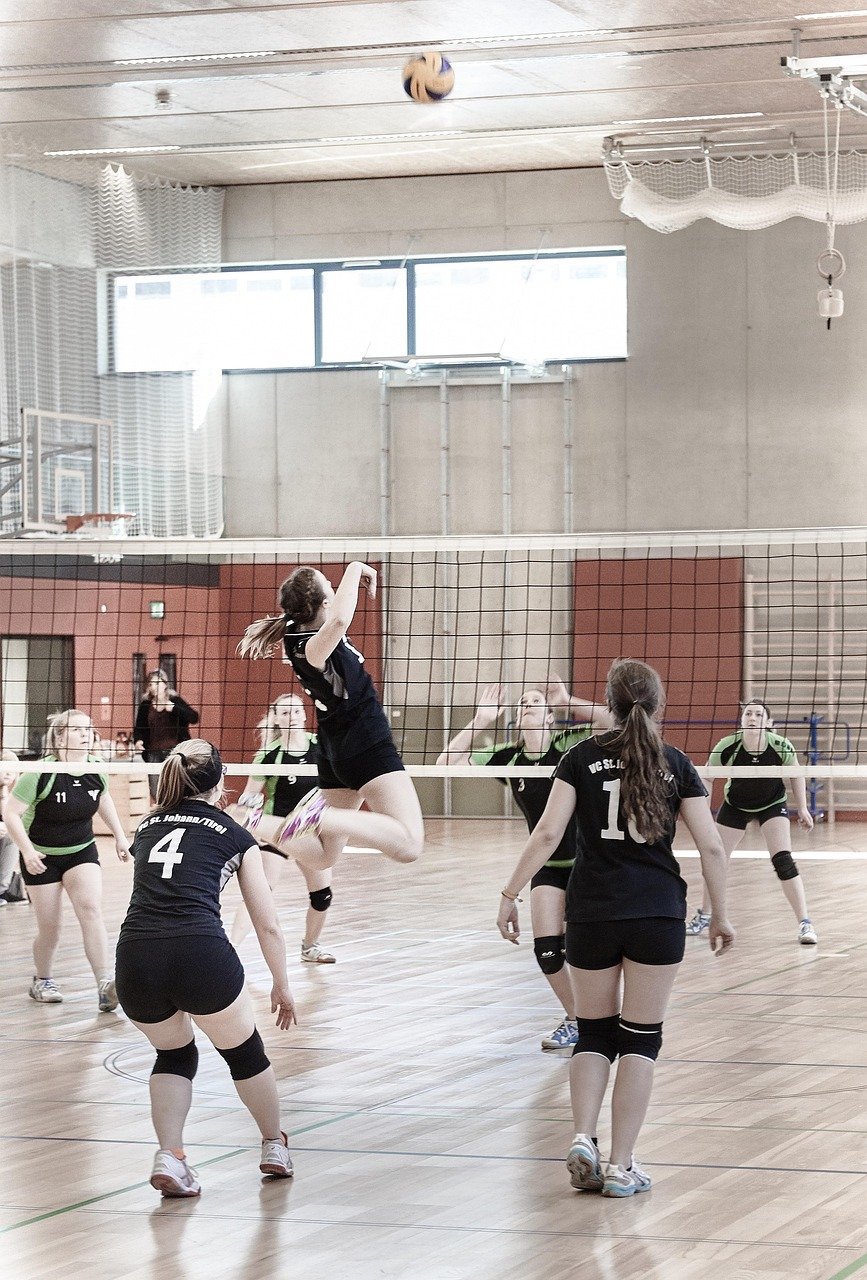Serving is the only skill in volleyball that a player executes entirely on their own, making it one of the most important and powerful plays in the game. A strong, consistent serve puts pressure on the opposing team and can score points directly.
In this guide, we’ll explore the different types of serves, break down the basic serving techniques, and share tips to help beginners improve their serve with confidence.
Why Serving Matters in Volleyball
The serve initiates every rally in volleyball and can be a potent offensive weapon. A well-placed or powerful serve can disrupt the opposing team’s formation, force poor passes, and create scoring opportunities.
Serving is also a skill that improves with practice and technique, and mastering it can significantly raise your value to any team.
Types of Volleyball Serves
1. Underhand Serve
The underhand serve is the easiest serve for beginners to learn and execute.
- The player holds the ball in one hand and swings the other hand in an underhand motion to strike the ball.
- It is generally less powerful but more controlled and consistent.
- Often used in recreational play or when players are just starting.
2. Overhand Serve
The overhand serve offers more power and variety.
- The player tosses the ball above their head and strikes it with the palm or heel of the hand.
- It requires good timing and coordination but results in faster, more aggressive serves.
- Commonly used in competitive and professional volleyball.
3. Jump Serve
The jump serve combines the power of an overhand serve with a jumping motion for extra velocity and angle.
- The player tosses the ball, jumps, and hits it at the highest possible point.
- It is difficult to master but can be highly effective in disrupting opponents.
- Typically used by advanced and elite players.
4. Float Serve
The float serve is an overhand serve with minimal spin, causing the ball to move unpredictably in the air.
- The goal is to make the ball “float” or wobble, making it harder for the receiving team to predict.
- Requires precise contact and ball toss.
Step-by-Step Guide to Serving
Basic Underhand Serve Technique
- Stance: Stand behind the end line with your feet shoulder-width apart.
- Hold the Ball: Hold the ball in your non-dominant hand in front of you.
- Swing: Swing your dominant hand back and then forward in a pendulum motion.
- Contact: Hit the ball with the heel of your palm or the bottom of your fist.
- Follow Through: After contact, continue the motion forward, aiming the ball over the net.
Basic Overhand Serve Technique
- Stance: Stand behind the end line with your body angled slightly toward the court.
- Ball Toss: Toss the ball straight up about a metre in front of you.
- Arm Swing: Pull your hitting arm back in a bow-and-arrow motion.
- Contact: Swing your arm forward and strike the ball with the heel of your palm at the highest point.
- Follow Through: Snap your wrist and extend your arm fully toward the target.
Tips for Improving Your Serve
- Consistent Toss: Practice tossing the ball in the same spot every time for accuracy.
- Watch Your Target: Aim for zones on the opponent’s court to disrupt their formation.
- Practice Power and Control: Balance between serving hard and placing the ball accurately.
- Footwork: Keep your feet stable for balance or use a step approach for power.
- Mental Focus: Stay calm and focused during your serve to reduce errors.
Common Serving Mistakes to Avoid
- Tossing the ball too far forward or backward.
- Not following through with your arm swing.
- Hitting the ball with a closed hand instead of an open palm.
- Stepping on or over the service line before contacting the ball (foot fault).
- Serving the ball into the net or out of bounds.
Practising Your Serve
Serving practice should include drills focusing on:
- Target zones: Set targets in different court areas and aim your serve there.
- Consistency drills: Serve repeatedly to develop muscle memory.
- Power building: Work on strength and technique to increase serve speed.
- Variation: Practice different serve types to keep opponents guessing.
Serving Strategies in Matches
- Serve to weaker passers on the opposing team.
- Mix up serve types to keep the opponent off balance.
- Use float serves when windy or to disrupt rhythm.
- Employ jump serves for aggressive, high-risk plays.
Final Thoughts
Mastering the serve is a rewarding journey that pays off in match performance. Whether you start with the underhand serve or aim to perfect the jump serve, consistent practice and attention to technique will make your serve a powerful tool in your volleyball arsenal.



